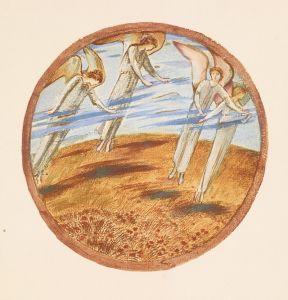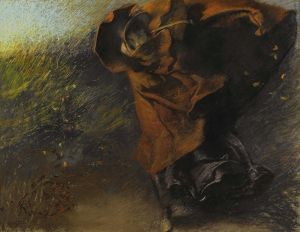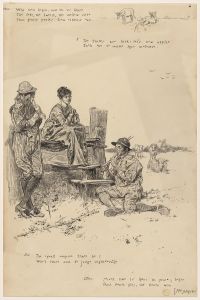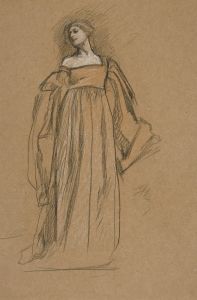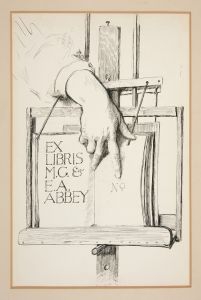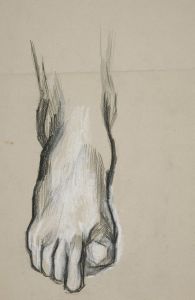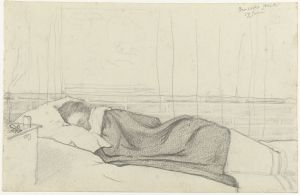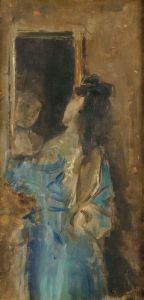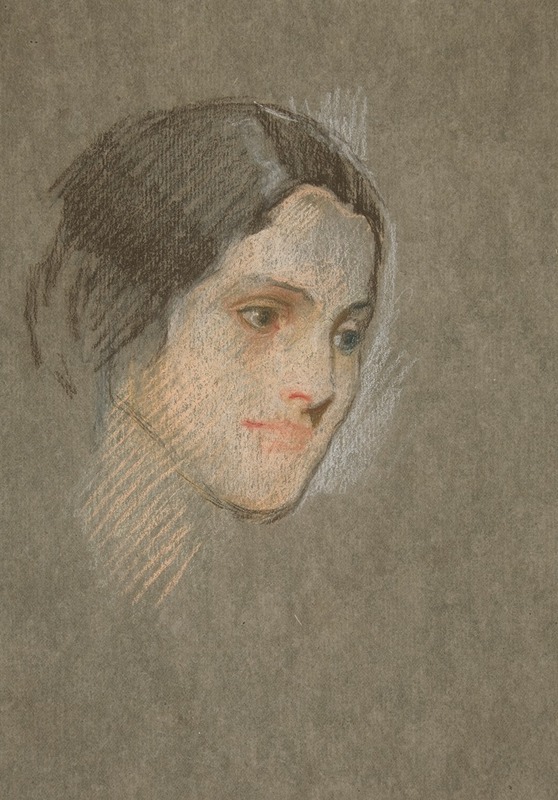
Portrait of an unidentified woman
A hand-painted replica of Edwin Austin Abbey’s masterpiece Portrait of an unidentified woman, meticulously crafted by professional artists to capture the true essence of the original. Each piece is created with museum-quality canvas and rare mineral pigments, carefully painted by experienced artists with delicate brushstrokes and rich, layered colors to perfectly recreate the texture of the original artwork. Unlike machine-printed reproductions, this hand-painted version brings the painting to life, infused with the artist’s emotions and skill in every stroke. Whether for personal collection or home decoration, it instantly elevates the artistic atmosphere of any space.
Edwin Austin Abbey was an American artist known for his illustrations and paintings, particularly those depicting Shakespearean and Victorian subjects. He was born on April 1, 1852, in Philadelphia, Pennsylvania, and developed a reputation for his detailed and historically accurate works. Abbey's career spanned both the United States and England, and he became a prominent figure in the art world during the late 19th and early 20th centuries.
"Portrait of an Unidentified Woman" by Edwin Austin Abbey is one of his lesser-known works, and as the title suggests, the identity of the woman depicted in the painting remains unknown. Abbey's portraits often captured the essence of his subjects with a keen eye for detail and a deep understanding of character, which is evident in this painting as well.
The painting showcases Abbey's skill in rendering textures and fabrics, a hallmark of his style. His ability to depict the intricate details of clothing and the subtle play of light and shadow on the subject's face and attire is a testament to his technical prowess. Abbey's portraits often convey a sense of narrative, inviting viewers to ponder the story behind the image, even when the subject's identity is not revealed.
Abbey's work was heavily influenced by his time in England, where he moved in 1878. He became associated with the Pre-Raphaelite Brotherhood and was inspired by their emphasis on detail, vibrant colors, and complex compositions. This influence is evident in his portraiture, where he often combined elements of realism with a romanticized aesthetic.
While "Portrait of an Unidentified Woman" may not be as widely recognized as some of Abbey's other works, such as his illustrations for Shakespeare's plays or his murals in the Boston Public Library, it remains an example of his exceptional ability to capture the human form and spirit. Abbey's portraits are characterized by their psychological depth and the way they engage the viewer, encouraging a connection with the subject.
Throughout his career, Abbey received numerous accolades and was elected to prestigious art institutions, including the Royal Academy of Arts in London and the National Academy of Design in New York. His contributions to the art world were significant, and his works continue to be studied and appreciated for their artistic merit and historical significance.
In summary, "Portrait of an Unidentified Woman" by Edwin Austin Abbey exemplifies the artist's mastery of portraiture and his ability to convey the personality and presence of his subjects. Despite the anonymity of the woman depicted, the painting remains a valuable piece within Abbey's oeuvre, reflecting his artistic influences and his dedication to capturing the essence of the human experience.





